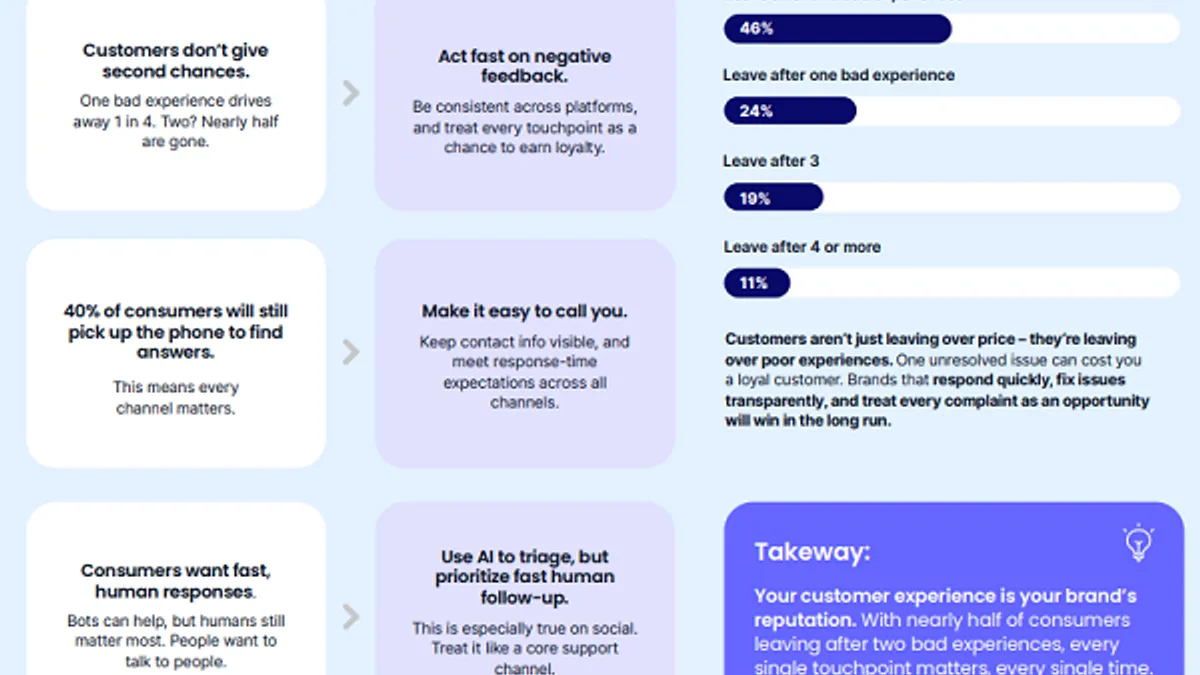Gaming streaming platform Twitch delivers above-average performance in terms of brand recall and preference, according to a recent report from Dentsu. With the gaming market projected to be worth $320 billion by 2026, knowing how to reach gamers could provide brands with a boost in advertising performance.
However, while the rewards may be great, Twitch marketing remains complex for many marketers. Another potential turnoff for marketers could be the recent upheaval in the gaming space, with a significant number of layoffs announced since the start of 2024. Microsoft is letting go of 1,900 Activision Blizzard and Xbox employees, Riot Games said it is laying off 11% of its workforce and Twitch is dropping 35% of its employees. Still, the benefits could outweigh the challenges, per Dentsu’s research.
“Gaming has really high attention levels compared to some of the other channels that we've done research with in the past,” said Kevin Villatoro, director of global media partnerships for Dentsu Media U.S. “And for me, that's a huge flag that more advertisers need to augment their current plans with gaming inventory. A lot of this stuff can be bought programmatically. A lot of advertisers buy programmatic inventory, why not test and learn some gaming if it's already in there?”
“Play Attention: Calling Focus to Gaming'' was researched in partnership with Lumen. For the report, attention across livestreaming was measured on Twitch. The report looked at Activision Blizzard to determine the benefits of rewarded video while the usefulness of intrinsic in-game advertising was studied with Anzu. Eye-tracking software was used to track attention levels during ads. The study was conducted in five markets.
All eyes on gaming
Advertising on Twitch isn’t as simple as the standard pre- or mid-roll ad. In order to drive maximum engagement, understanding how to reach audiences is crucial. Additionally, gaming advertising goes beyond livestreaming, depending on the platform. Livestreaming, rewarded videos and intrinsic in-game advertising all produce different results.
Ads aired during livestreams on gaming platforms deliver an average brand recall of 57%, significantly higher than the 38% norm measured by Dentsu across social, online video, audio and display advertisements. Additionally, no matter where the ads come up during a stream and how long they are, they were found to be effective. Mid-roll ads were found to be just as effective as pre-roll placements. Once ads passed the five second mark, 15-second advertisements were just as efficient as 30-second ones.
An advertisement doesn’t have to show gaming-related merchandise to be successful, the research also found. Many of the advertisements featured in the study were not gaming specific. The livestreaming experience provides advertisers with a unique engagement opportunity, according to Villatoro.
“People who are watching the stream are already engaged, they've been chatting, it's not just the viewing experience…” said Villatoro. “So whenever we talk about full screen versus non-full screen, of course, full screen will dominate more attention, because there's nothing else to look at when it's on screen.”
Going beyond traditional pre- and mid-roll advertisements, non-distributive intrinsic advertising performed exceptionally well, according to Dentsu’s research. These ads typically take the form of an in-game billboard or other naturally occurring object. This portion of the study was measured with Activision Blizzard.
Intrinsic advertisements saw an average of 3,442 seconds of attention, which is the composite total time across 1,000 participants during this portion of the study. This number is much higher compared to the 1,416 seconds enjoyed by traditional online ads. Intrinsic ads performed slightly worse than social ads, which commanded an average of 3,975 seconds of attention. Anzu reported 98% visibility on screen for in-game ads, compared to the industry standard of 87%.
Loot box
Rewarded video also proved to be an effective tool, with a 100% on-screen impression rate. Much like intrinsic advertising, rewarded video does not disrupt game play. Rather, the consumer is choosing to view the advertisement in exchange for some sort of reward, such as an extra life. These videos take up the whole screen in order to ensure visibility, and often can use assets from other sites, according to the Dentsu report.
These videos also have a high opt-in rate, with 4 in 5 consumers willingly viewing such content.
For gaming-related advertising to find success, it ultimately comes down to knowing the gaming environment and picking the ideal asset.
“It’s hard to control the gaming environment. Unless you're an advertiser that knows you can control the gaming environment. So for us, it was just completely random, like we put video assets all over the place, we put static assets all over the place,” said Villatoro. “But I think some of the learnings here for advertisers are, you can be very selective about where you want to appear in these gaming environments, and then tailor your creative to be the right fit for that environment.”























